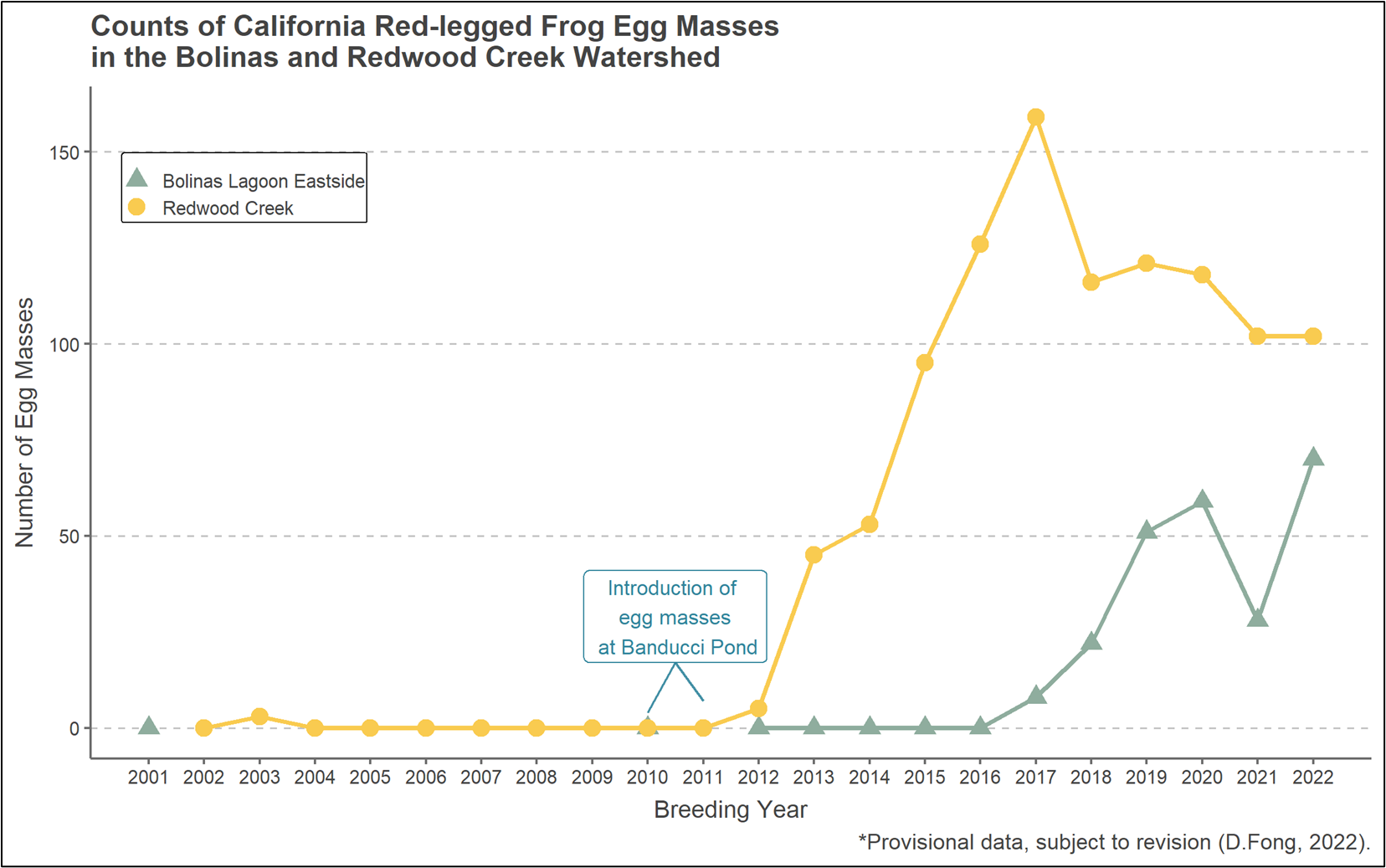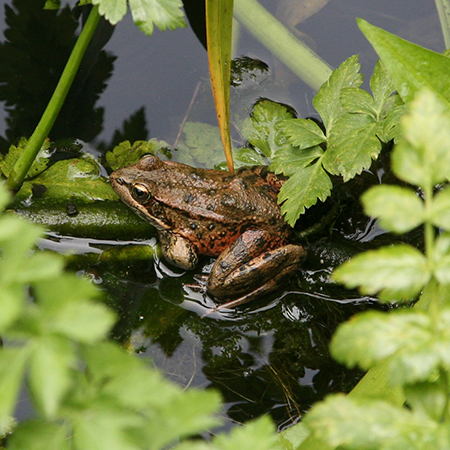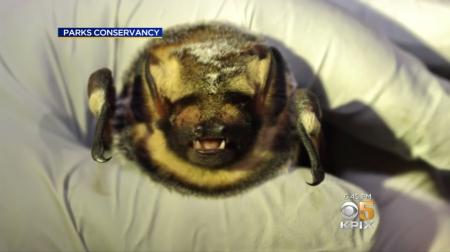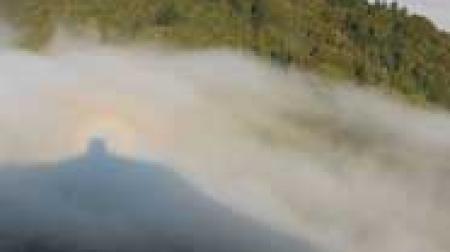Why Was This Indicator Chosen?
Mt. Tam is part of a core area identified by the U.S. Fish and Wildlife Service (USFWS) for the recovery of the California red-legged frog (Rana draytonii), which was listed as federally threatened in 1996. Within the One Tam area of focus, they are known to live at Muir Beach and in the Olema Creek Watershed. We do not have enough data to know the current status of the Olema Creek population; however, California red-legged frog numbers at Muir Beach have increased thanks to recent stream restoration and breeding pond creation, as well as the reintroduction of egg masses into those ponds.
What is Healthy?
As recommended by USFWS recovery plan (2002), the goal is to have the long-term population trend of California red-legged frogs unchanged or increasing.
What Are the Biggest Threats?
- Predation and competition from invasive species such as fish and non-native American bullfrogs (Lithobates catesbeianus)
- Habitat loss, including historic impacts from creek diversions, agriculture, and development
- Chytrid fungus (Batrachochytrium dendrobatidis), which has caused worldwide amphibian population declines, though so far does not seem to be affecting California red-legged frogs on Mt. Tam
- Warmer temperatures, increasingly variable rainfall, and rising sea levels may decrease egg mass and tadpole survival and increase uncertainty in breeding from year to year. More frequent high tides that intrude farther inland could also raise salinity levels in low-lying breeding habitats.
What is The Current Condition?
The overall condition is Good, as monitoring indicates that California red-legged frogs are found in 9 of 18 suitable breeding habitats in the Redwood Creek Watershed. breeding in one of the three of the potential habitat areas near Bolinas Lagoon gives a condition of caution for that watershed. There is only sparse data for the Olema Creek Watershed. The number of California red-legged frog egg masses are also increasing at Muir Beach thanks to recent habitat restoration and reintroduction efforts. There are no non-native predators in California red-legged frog breeding sites within Redwood Creek Watershed, but they are found in potential breeding sites in the Olema Creek Watershed.
What is the Current Trend?
The number and occupancy of breeding sites has remained stable in the Redwood Creek Watershed over a 15-year period. The trend for the Bolinas Lagoon Watershed is improving thanks to the post-2016 discovery of a new breeding population. The trend for the Olema Creek Watershed is still unknown due to a lack of data.
How Sure Are We?
Our overall confidence is Moderate because it is High for Redwood Creek but Low for Olema Creek based on varying levels of available data. California red-legged frog egg masses are large (fist-sized) and relatively easy to find and document in areas where they are surveyed.
What is This Assessment Based On?
The National Park Service and USGS have collected sporadic data on breeding California red-legged frog populations in the Olema Valley Watershed. However, consistent annual surveys have been made in the Redwood Creek Watershed since 2002 and in the Bolinas Lagoon Watershed since 2010. Monitoring includes winter egg-mass surveys that provide long-term data to assess breeding frog abundance trends. Fong et al. (2010) includes a full description of this monitoring program and its methods.
What Don’t We Know?
Key information gaps include:
- The effects of climate change on the drying of breeding pond habitats
- Population variables including factors affecting the abundance (e.g., survival, recruitment)
- Breeding surveys in streams similar to those we have for ponds
- Monitoring in the Olema Creek Watershed
- Number of sites with non-native predators present
resources
Allen, S., & Kleeman, P. (2015). Appendix 5.1, Case study: California red-legged frog (Rana draytonii). In The baylands and climate change: What we can do. California State Coastal Conservancy. https://tinyurl.com/3n374ams
Alvarez, J. A., Cook, D. G., Yee, J. L., van Hattem, M. G., Fong, D. R., & Fisher, R. N. (2013). Comparative microhabitat characteristics at oviposition sites of the California red-legged frog (Rana draytonii). Herpetological Conservation and Biology, 8(3), 539–551. https://tinyurl.com/45kan8ut
California Department of Fish and Wildlife [CDFW]. (2022). California natural diversity database. Retrieved July 7, 2022, from https://wildlife.ca.gov/Data/CNDDB
Fong, D. (1996). Introduced aquatic animals in Golden Gate National Recreation Area with emphasis on fish and crayfish (Aquatic ecology program, 1995 annual report). Prepared for Golden Gate National Recreation Area.
Fong, D., Bianco, R. L., Campo, J., & Reichmuth, M. (2010). Calendar year 2006–2009, California red-legged frog (Rana draytonii) surveys, Golden Gate National Recreation Area [Report]. Prepared for Golden Gate National Recreation Area.
Fong, D., Townsend, R., & Edson, E. (2022). Calendar year 2021, California red-legged frog (Rana draytonii) surveys, Golden Gate National Recreation Area [Report]. Prepared for U.S. Fish and Wildlife Service.
Golden Gate National Parks Conservancy [GGNPC], Tukman Geospatial & Aerial Information Systems. (2021). 2018 Marin County fine scale vegetation map datasheet. Tamalpais Lands Collaborative (One Tam). https://tukmangeospatial.egnyte.com/dl/uQhGjac1zw
Golden Gate National Recreation Area [GGNRA]. (2015). Natural resource condition assessment: Amphibians [Unpublished draft].
Hofstra, T., & Anderson, D. (1989). Survey of salmonid fish and their habitat, Redwood Creek, Marin County, California. Prepared for Golden Gate National Recreation Area. https://tinyurl.com/zk5wztmv
Jones & Stokes. (2007). Wetland and creek restoration at Big Lagoon, Muir Beach, Marin County: Final environmental impact statement/environmental impact report (SCH# 2004042143). National Park Service. https://tinyurl.com/29ver8ct
McNeill B., Reichmuth, M., & Iwaki, A. (2020). Long-term monitoring of coho salmon and steelhead during freshwater life stages in coastal Marin County: 2018 annual report, revised with costs (Natural Resource Report. NPS/SFAN/NRR—2020/2192). National Park Service. https://irma.nps.gov/DataStore/DownloadFile/649401
Neary, D. G., Gottfried, G. J., DeBano, L. F., & Tecle, A. (2003). Impacts of fire on watershed resources. Journal of the Arizona-Nevada Academy of Science, 35(1), 23–41. https://www.jstor.org/stable/40056924
Philip Williams and Associates (PWA). (2003). Big Lagoon wetland and creek restoration project, Muir Beach, California. Part I: Site analysis report (PWA Ref. # 1664.02). Prepared for the National Park Service. https://tinyurl.com/avuv6wbh
Shoulders, C., & Fong, D. (2015). Lower Redwood Creek floodplain and salmonid habitat restoration, phase 2, Banducci site. Prepared for Golden Gate National Recreation Area.
Smith, J. (1994). The effect of drought and pumping on steelhead and coho in Redwood Creek from July to October 1994. Prepared for Golden Gate National Recreation Area. https://tinyurl.com/n6yvwy8h
Smith, J. (2003). Distribution and abundance of juvenile coho and steelhead in Redwood Creek in Fall 2003. Prepared for Golden Gate National Recreation Area.
U.S. Fish and Wildlife Service [USFWS]. (2002). Recovery plan for the California red-legged frog (Rana aurora draytonii). https://tinyurl.com/yyk232sx




